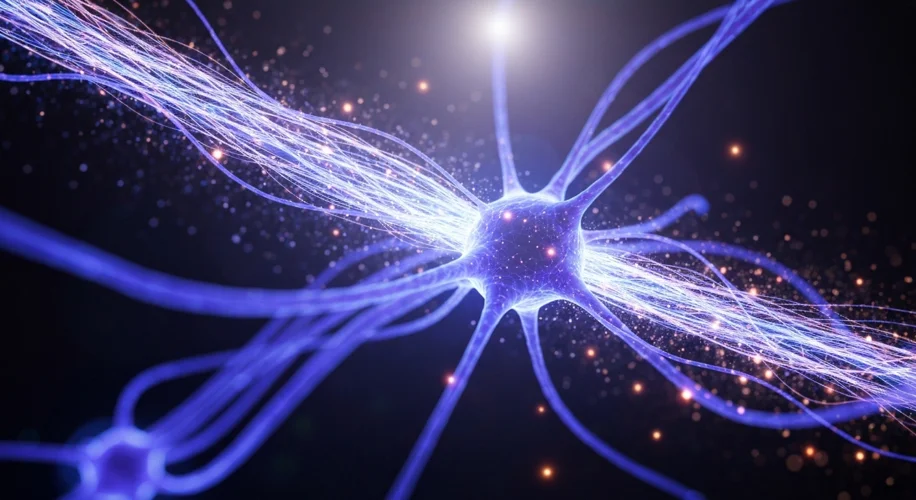Okay, so hear me out. We usually think of AI as something that predicts stuff, right? Like, it can tell you what movie you’ll like next or maybe even predict stock prices (though don’t bet your rent on that one). But what if AI could actually help us discover brand new laws of physics? That’s not sci-fi anymore; it’s actually happening.
Let’s dive into this wild project where a neural network basically stumbled upon new forces. Imagine a super complex dance of tiny particles, like dust specks floating in a plasma. Scientists have been studying this for ages, trying to figure out how these particles interact. It’s like trying to understand gravity, but on a much smaller, dustier scale.
Traditionally, physicists would create theories, then run experiments to see if the data matches. It’s a long, tough process. But here’s the catch: sometimes, the universe throws curveballs the existing theories can’t explain. This is where AI comes in.
In this particular study, researchers fed a ton of data from experiments with dusty plasma into a neural network. This AI wasn’t programmed with any specific physics theories. It was just told to look for patterns. And guess what? It found patterns that suggested the presence of forces the scientists hadn’t accounted for. Seriously, the AI was pointing to new physics!
Think about it. We’ve had Isaac Newton and Albert Einstein laying down the fundamental rules of how things move and interact for centuries. But there’s so much more out there we don’t understand. It turns out, these complex systems, like the ones found in dusty plasmas, can be incredibly hard for humans to analyze from scratch. There are so many variables and subtle interactions that we might miss them even if we’re staring right at the data.
This AI, however, can sift through massive datasets and spot these hidden connections. It’s not just predicting based on what it’s seen before; it’s identifying anomalies that hint at something fundamentally new. It’s like having a super-powered detective that can see clues invisible to the human eye.
This is a huge deal for fundamental research. It means AI isn’t just a tool for speeding up existing science; it can be a partner in discovery. It can help us push the boundaries of what we know and potentially lead us to a deeper understanding of the universe. So, the next time you hear about AI, remember it’s not just about chatbots or image generators. It might just be on the verge of revealing some of the universe’s deepest secrets.

